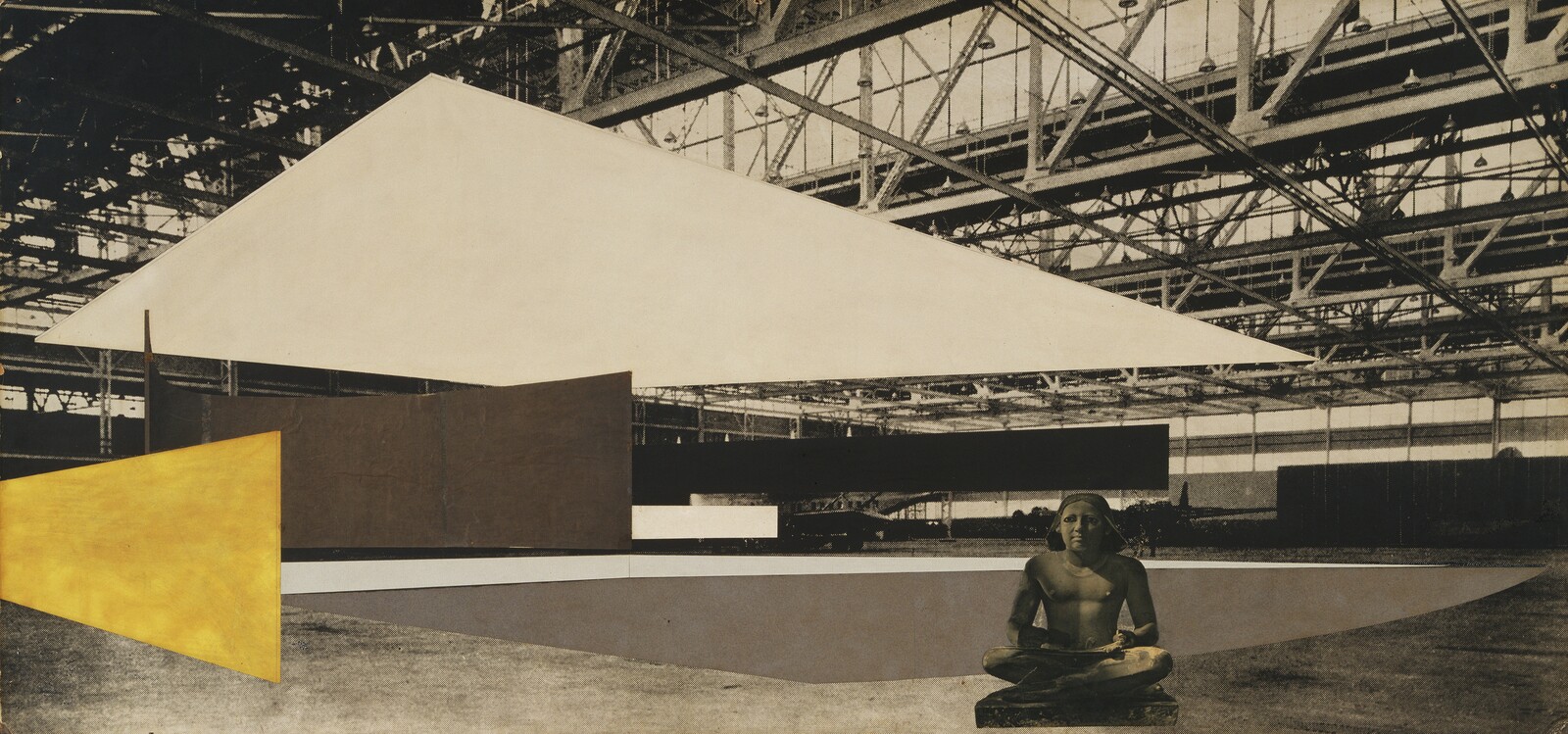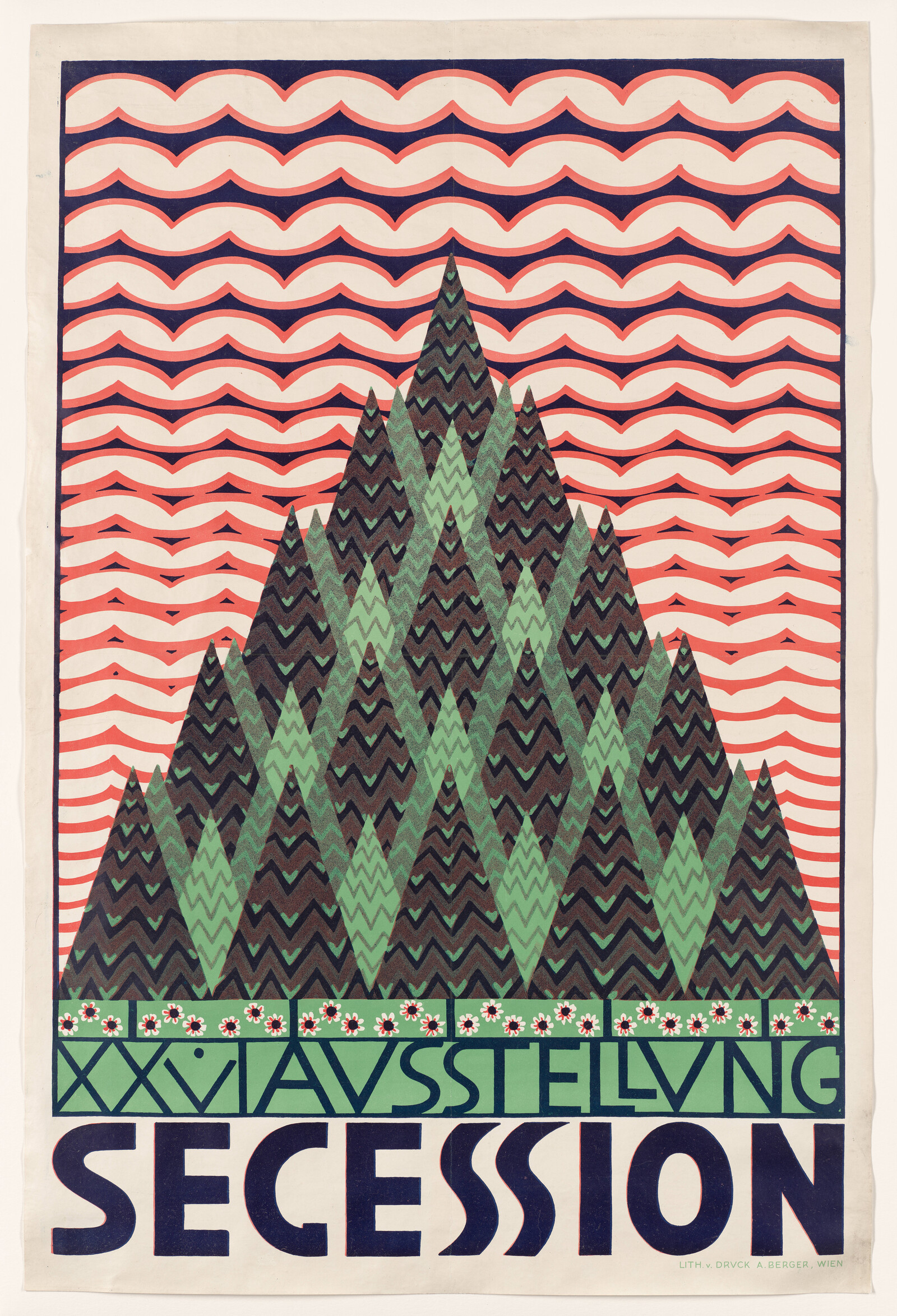Vienna Secession
July 2023–July 2025
11 West 53rd Street
New York, NY 10019
USA
T +1 212 708 9400
Architecture in the Age of Industry (Gallery 511)
Architecture in the Age of Industry situates early twentieth-century American industrial buildings alongside work by modern architects informed by these building typologies—a narrative critical to the birth of modern architecture that has never been told at MoMA. The early 1900s saw a boom of industry in the United States, embodied most notably by Henry Ford’s development of assembly line manufacturing—represented in the gallery by stunning footage of Albert Kahn’s River Rouge factory complex. America’s sprawling factory complexes and monumental grain silos transfixed a rising generation of European architects, sparking a revolution in architecture and design now known as the Modern Movement.
German architect Walter Gropius compared US industrial architecture to the Egyptian pyramids; Swiss-French architect Le Corbusier would later describe these buildings as “the first fruits of a new age.” Alongside others like the German American architect Ludwig Mies van der Rohe, they rejected ornament and created a new architectural language based on the form and function of machines and the industrial buildings that housed them.
The vast majority of the objects on view are on view either for the first time, or the first time in many decades. Standouts from the installation include a Le Corbusier drawing of the Swiss Pavilion, a model of Walter Gropius’ Bauhaus, and a G.J. Teunissen film featuring Leendert van der Vlugt and Johannes Brinkman’s Van Nelle Factory. The exhibition also draws notably from the museum’s expansive Mies van der Rohe Archive, including the original Tugendhat House model and Mies’ 1942 collaged concert hall proposal.
Vienna Secession (Gallery 504)
Gallery 504 presents an interdisciplinary exploration of the work of the Vienna Secession, including many objects on view for the first time. The young painters, sculptors, architects, and designers associated with the movement rejected the traditional styles and hierarchies promoted by institutions like the Vienna Academy of the Arts. Instead, they committed themselves to the unification of different art forms through the pursuit of the Gesamtkunstwerk (or “total work of art”).
By carefully considering every visual element of the objects they created—whether paintings or household items—they blurred long-held divisions between fine arts and the so-called decorative arts. Gallery 504 follows in this spirit, through the inclusion of artworks by figures such as Gustav Klimt, Oskar Kokoschka and Egon Schiele, paired with design objects by Josef Hoffmann, Kolomon Moser and Otto Prutscher. Highlights of the gallery include Hoffmann’s rarely exhibited Sitzmaschine chair and Hanging Lamp, a series of major graphic works by designers such as Ferdinand Andri and Adolf Boehm, and a case presenting a variety of tableware objects.
Furthermore, two thematic exhibitions will open in the fall:
Life Cycles: The Materials of Contemporary Design
September 2, 2023–July 7, 2024
This exhibition will explore how good design can be an agent of positive and sustainable change. By using thoughtful manufacturing processes and taking into account the whole life cycle of the materials they use—from their sourcing to their disposal or reuse—designers can play a role in restoring the fragile ties between humans and the rest of the natural world, and commit to the well-being of future generations.
Emerging Ecologies: Architecture and the Rise of Environmentalism
September 17, 2023–January 20, 2024
Emerging Ecologies: Architecture and the Rise of Environmentalism (September 17, 2023–January 20, 2024), will be the first comprehensive survey of environmental architecture at a major US museum. Featuring more than forty projects from architects who have placed environmental and ecological issues at the forefront of their practices, the exhibition will examine daring and innovative projects from the past in order to chart a path for architecture in the face of our current climate crisis.

